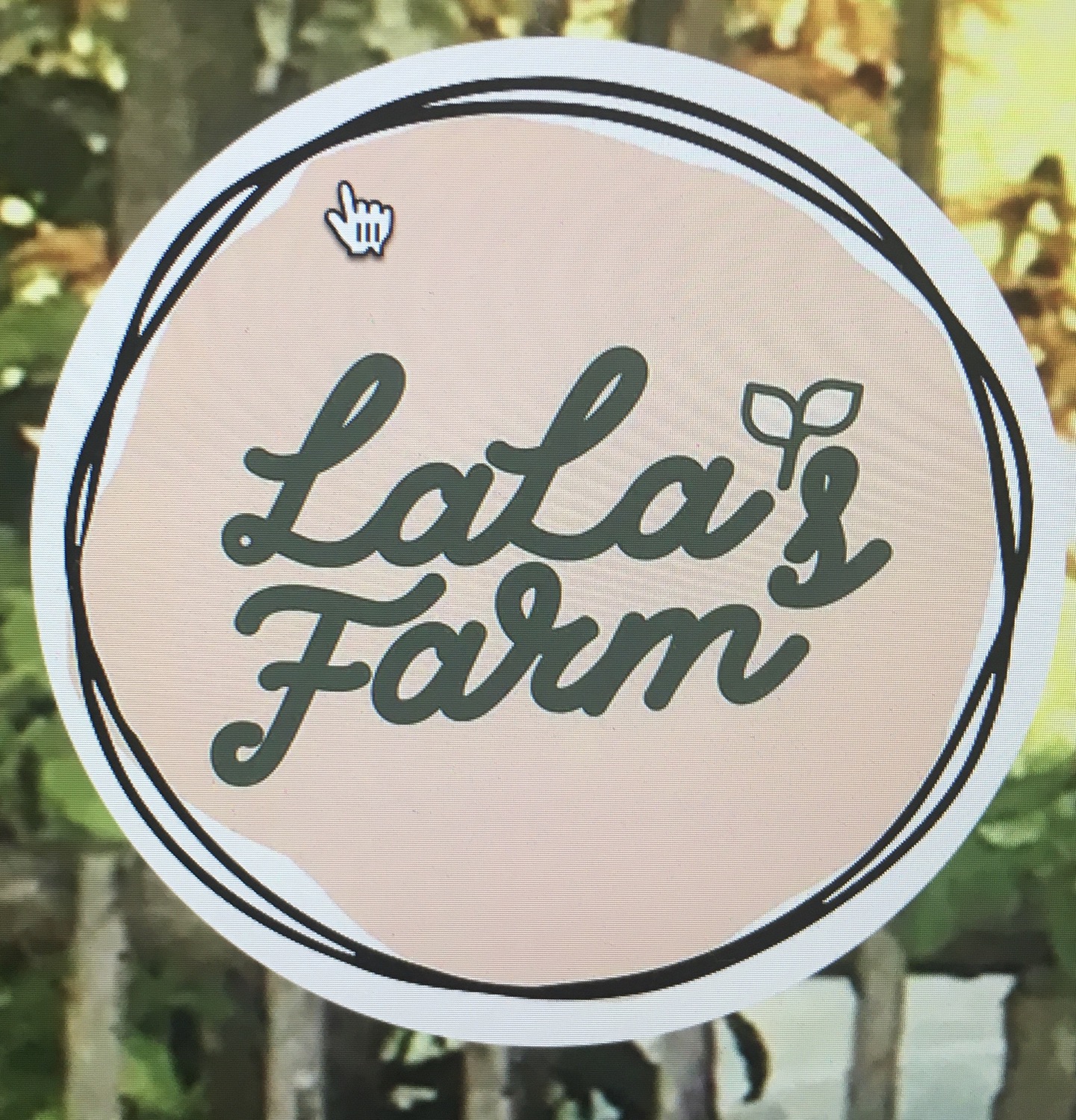How to Start and Keep your Indoor Worm Compost Bin Healthy and Efficient
- LaLa

- Dec 4, 2023
- 3 min read
Updated: Jan 21, 2024
An indoor worm bin most commonly uses red wigglers to compost their food scraps and produce natural fertilizer for their crops. Worm compost, also known as vermicompost, can improve soil structure, water-holding capacity, and nutrient availability for plants in several ways.
Worm compost is a rich source of organic matter, which can help improve the soil's physical structure. The organic matter in worm compost can help to bind soil particles together, creating larger aggregates that allow water to infiltrate the soil more easily. Worm farming can help improve soil aeration and reduce the risk of soil compaction.
Secondly, worm compost can help improve the soil's water-holding capacity. The organic matter in worm compost acts like a sponge, holding onto water and releasing it slowly. This can help reduce water loss through evaporation and runoff and ensure that plants can access water when needed.
Finally, worm compost can help to improve nutrient availability for plants. The microorganisms in worm compost break down the organic matter into nutrients that plants more easily absorb. These nutrients include nitrogen, phosphorus, potassium, calcium, and magnesium. In addition, worm compost contains beneficial microorganisms, such as bacteria and fungi, that can help to improve soil health and plant growth. Worm compost is more nutrient-rich than traditional compost, contains beneficial microorganisms, and can improve soil structure and water-holding capacity more effectively. Worm composting is a more sustainable and environmentally friendly way to handle kitchen waste, as it reduces landfill waste and greenhouse gas emissions.
The worm farm system uses worms to decompose organic matter into nutrient-rich compost. It can be done with a purchased kit or a DIY worm bin made from repurposed containers. Indoor worm farming is beneficial for the environment, as it reduces landfill waste and greenhouse gas emissions. It also produces high-quality compost that can be used for gardening, houseplants, or as a fertilizing tea.
Use red wigglers or Eisenia foetida, the best worms for composting. They have a high metabolism and digest their food quickly. You can buy them online or from a local worm supplier.
Provide the worms with bedding, such as shredded newspaper, cardboard, paper bags, coconut coir, dried leaves, or sawdust. The bedding should be moist but not soggy and have the consistency of a wrung-out sponge.
Feed the worms your kitchen scraps, such as fruit and vegetable peelings, cores, rinds, coffee grounds, tea bags, eggshells, and bread. Avoid adding meat, dairy, fats, oils, or spicy foods, as they can attract pests and cause odors.
Keep the worm bin in a dark, cool, and well-ventilated place, such as a basement, garage, closet, or under the sink. The ideal temperature range is between 55°F and 77°F. Avoid direct sunlight, heat sources, or freezing temperatures.
Harvest the worm castings every few months by separating the worms from the finished compost. You can use a tray-based composter, a sifting screen, or a sorting method. Use the worm castings as a soil amendment or make a compost tea by soaking them in water.
The cost of a worm farm kit can vary greatly depending on its size, materials, and features. Some kits may cost as little as $30, while others can be as expensive as $200 or more. However, creating a DIY worm bin using repurposed containers is also possible, which can be even more cost-effective. If you're considering starting an indoor worm farm, you might have some concerns about odor or pests. Luckily, you can take a few easy steps to avoid these issues.
To prevent odors, ensure you don't overfeed your worms and avoid adding meat, dairy, fats, oils, or spicy foods to the worm bin. These can attract pests and cause odors. If you notice any unpleasant smells, it might be a sign that the bedding is too wet or there is too much food in the bin. Add some dry bedding material to fix this and reduce the food you feed the worms.
To prevent pests, ensure you're using the correct type of worm, as red wigglers are the best for composting and are less likely to attract pests. Additionally, ensure your worm bin is well-ventilated and avoid adding foods likely to attract pests, such as sugary or greasy foods. If you notice any problems in your worm bin, remove any affected material and add fresh bedding material to discourage them from returning.
In our next blog, we will discuss the many DYI worm bins, or you can visit Lala's Farm Store for a well-designed portable worm farmer.








